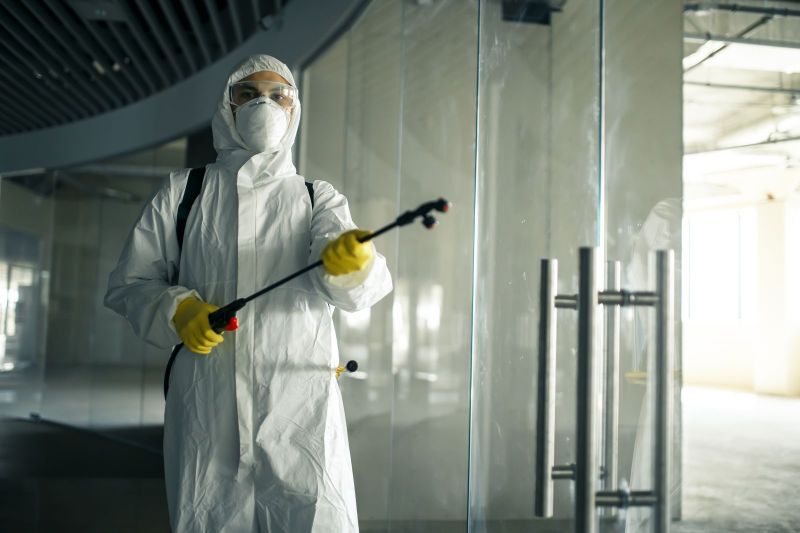Biohazard cleanup is an essential and specialized service that deals with the removal and decontamination of hazardous materials such as blood, bodily fluids, chemicals, and other infectious substances. It requires expertise, proper training, and adherence to strict safety protocols to ensure the health and safety of both the cleanup technicians and the general public. In this article, we will explore the basics of biohazard cleanup, including the importance of professional cleanup services, the necessary precautions, and the key steps involved in the cleanup process.
Importance of Professional Biohazard Cleanup Services:
Biohazard materials can pose significant risks to human health if not handled properly. Exposure to bloodborne pathogens, viruses, bacteria, or toxic chemicals can lead to severe infections, illnesses, or even death. Therefore, it is crucial to entrust biohazard cleanup to professionals who have the knowledge, training, and equipment to handle these hazardous materials safely. Professional cleanup services follow strict protocols and guidelines established by regulatory agencies such as the Occupational Safety and Health Administration (OSHA) to ensure effective decontamination and minimize the risk of exposure.
Precautions and Safety Measures:
Before initiating any biohazard cleanup, it is essential to prioritize safety by taking necessary precautions. Personal Protective Equipment (PPE) plays a vital role in safeguarding the cleanup technicians. This includes wearing gloves, masks, goggles, and full-body suits to prevent direct contact with hazardous materials. Additionally, proper ventilation of the affected area is crucial to reduce the risk of inhaling potentially toxic fumes or airborne pathogens.
Key Steps in Biohazard Cleanup:
Assessment and Planning:
The first step in biohazard cleanup is to assess the extent of contamination and develop a detailed plan for effective cleanup. Trained professionals evaluate the affected area, identify potential hazards, and determine the appropriate cleaning methods and equipment required. A thorough assessment ensures that no area is overlooked during the cleanup process.
Containment:
Once the assessment is complete, containment measures are implemented to isolate the affected area and prevent the spread of contaminants. This typically involves setting up physical barriers, sealing off ventilation systems, and establishing a controlled access point. Containment helps limit the exposure risk and protects unaffected areas from contamination.
Removal and Disposal:
The next step involves removing and disposing of biohazardous materials in a safe and regulated manner. Technicians carefully collect and bag contaminated items, such as clothing, bedding, or furniture, using specialized equipment. These materials are then properly labeled and transported to designated facilities for disposal, following local regulations and guidelines.
Decontamination:
Thorough decontamination of the affected area is crucial to eliminate any remaining biohazardous substances and ensure a safe environment. Professional cleanup teams use specialized cleaning agents, disinfectants, and advanced techniques to sanitize the area effectively. Surfaces, floors, walls, and other exposed areas are meticulously cleaned to remove all traces of contamination.
Verification and Testing:
After the cleanup is completed, verification and testing are conducted to ensure that the area is free from any biohazardous materials. This involves using specialized equipment to measure and analyze the environment for the presence of pathogens or hazardous substances. Only after obtaining satisfactory results is the area deemed safe for reoccupation.
Biohazard cleanup is a critical service that requires professional expertise and strict adherence to safety protocols. Hiring trained technicians ensures that hazardous materials are handled, removed, and decontaminated safely and effectively. By understanding the importance of professional cleanup services, taking necessary precautions, and following the key steps involved in the cleanup process, we can ensure the health and safety of both the cleanup technicians and the general public.

